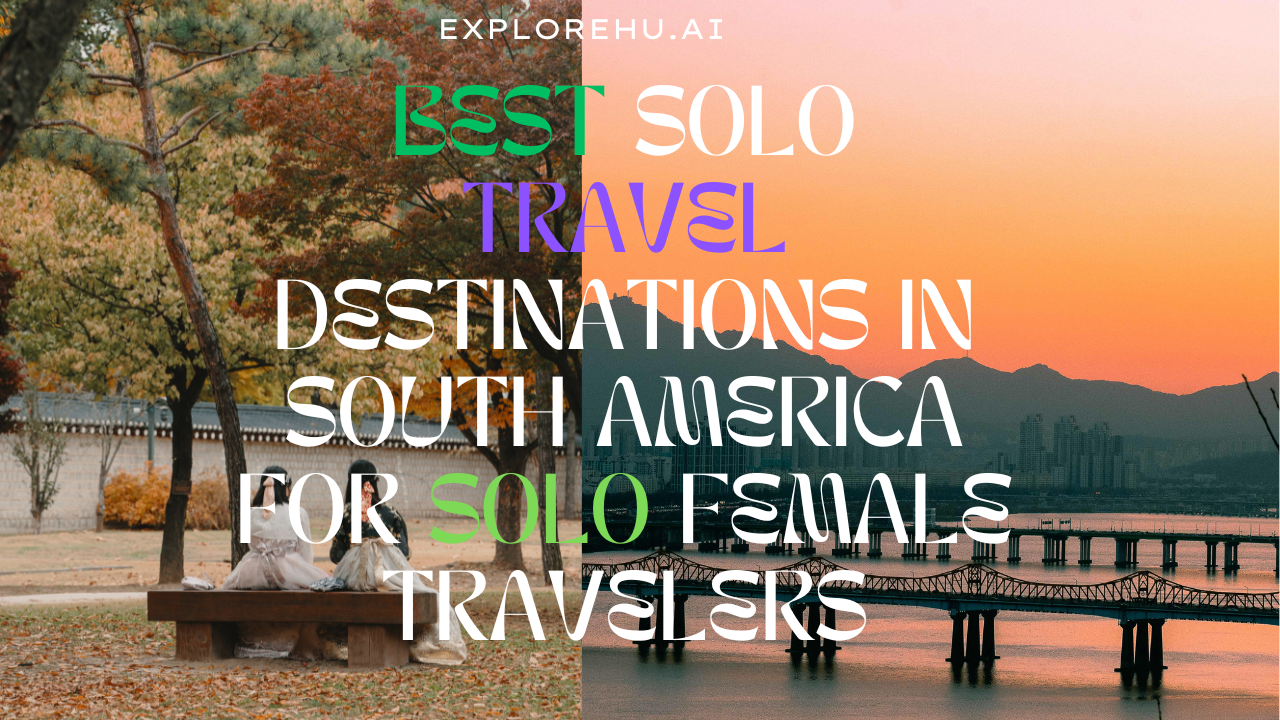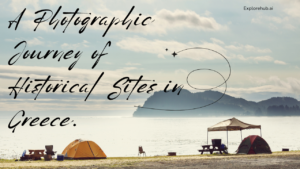Find out which South American solo travel destinations are best for adventurous and safe female travellers. This book identifies the top destinations to visit while guaranteeing a safe and enjoyable trip, from the energetic streets of Buenos Aires to the stunning scenery of Patagonia. Discover South America’s varied and alluring landscapes, where independent women may discover empowerment and adventure. This blog article explores the special experiences that await women who decide to travel alone, highlighting the significance of personal development, cultural immersion, and safety.
Table of Contents
Why South America is Ideal for Solo Female Travelers
Warm and Welcoming Culture
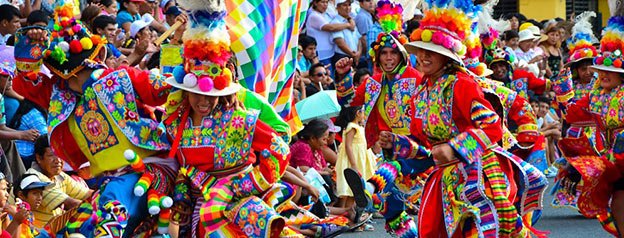
South Americans are known for their hospitality. As a solo traveler, you’ll often find people eager to share their culture, offer assistance, or simply chat. It’s a great place to feel at home while exploring new territories.
Diverse Landscapes and Experiences
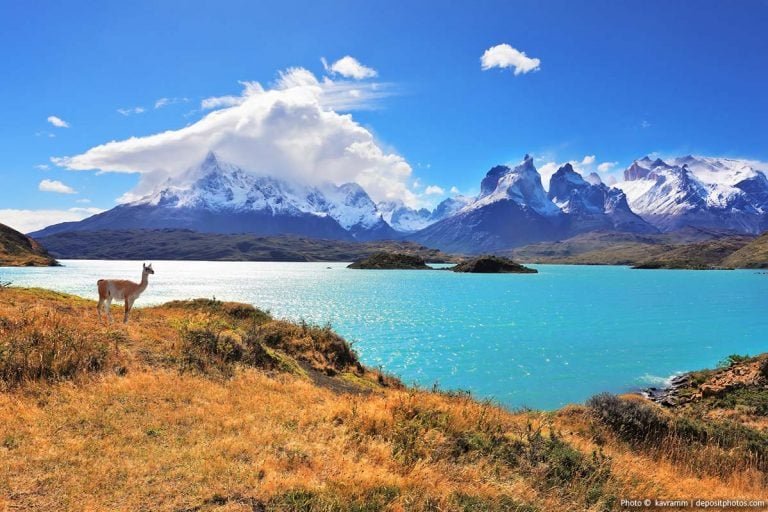
From the Amazon rainforest to the Andes mountains, South America offers a variety of landscapes that cater to every type of traveler. You can hike, relax on pristine beaches, or explore vibrant cities – all in one trip.
Budget-Friendly Travel Options
Traveling in South America can be surprisingly affordable. Whether it’s budget accommodation, cheap eats at local markets, or economical public transport, this continent offers plenty of ways to stretch your budget.
Safety Tips for Solo Female Travelers in South America
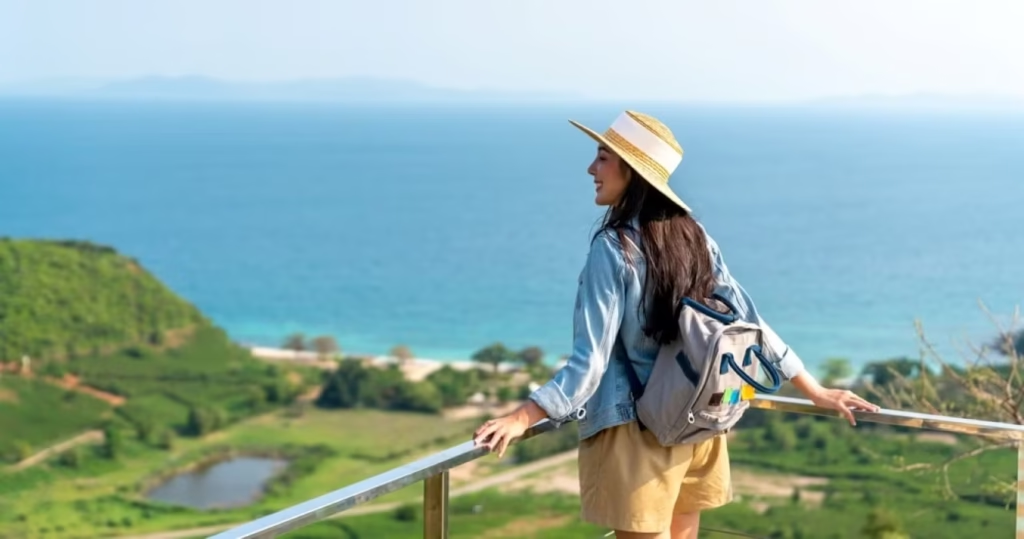
Researching Before You Go
Understanding the cultural norms, safe neighborhoods, and potential scams is essential. Check travel forums, guidebooks, and local blogs to stay informed.
Staying Aware of Your Surroundings
Avoid displaying valuables and keep your belongings secure. Trust your instincts and stick to well-lit areas at night.
Using Trusted Transportation Options
Favorisez les taxis agréés ou les applications de covoiturage comme Uber. Dans certaines villes, les bus locaux sont sûrs, mais n’oubliez pas de toujours demander des conseils.
Top Destinations to Explore
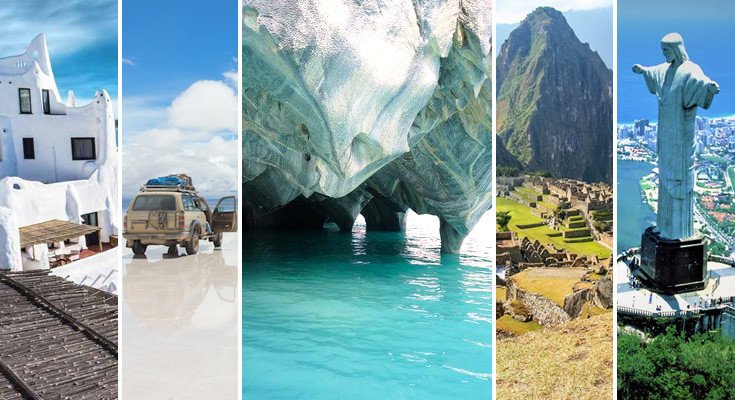
Cusco, Peru
Gateway to Machu Picchu

This historic city is a must-visit for its proximity to the world-famous Machu Picchu. Joining a guided trek like the Inca Trail ensures safety and camaraderie.
Cultural Immersion and Local Markets
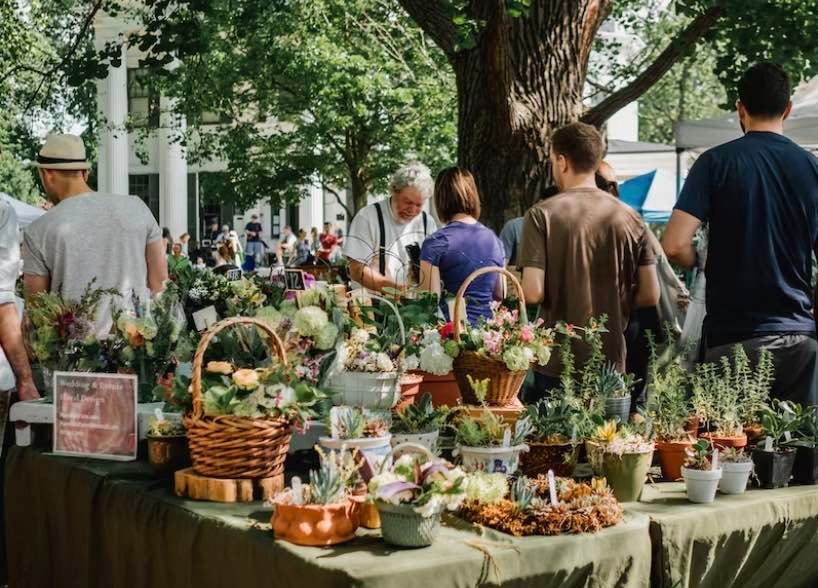
Cusco’s vibrant markets, like San Pedro Market, offer a chance to mingle with locals and sample traditional dishes.
Buenos Aires, Argentina
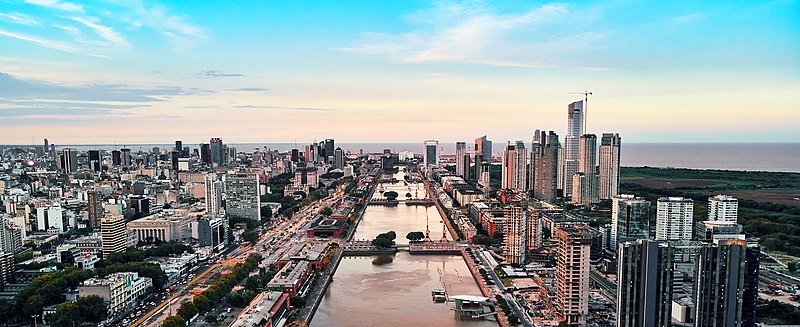
Vibrant Nightlife and Tango Culture
Dance the night away in the birthplace of tango or enjoy a live performance in one of the many tango halls.
Historic Neighborhoods and Cafés
Explore charming neighborhoods like San Telmo and sip coffee in historic cafés such as Café Tortoni.
Cartagena, Colombia
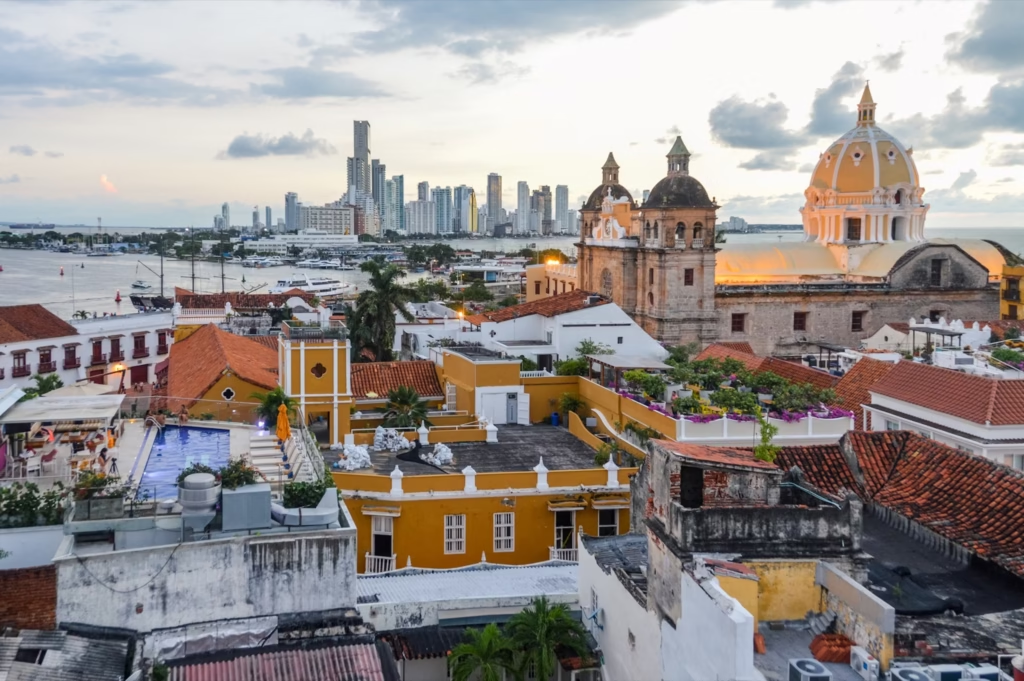
Colorful Streets and Caribbean Vibes
The walled city of Cartagena is a visual feast with its colorful colonial buildings and lively atmosphere.
Beaches and Historical Forts
Relax on the nearby beaches or delve into history at Castillo San Felipe de Barajas.
Salar de Uyuni, Bolivia
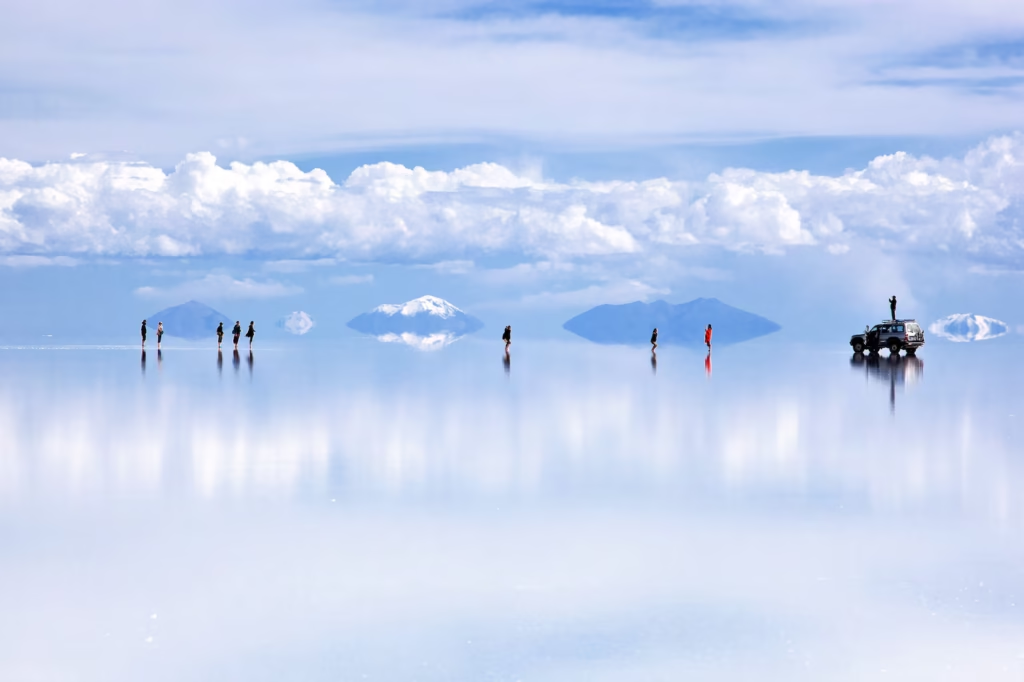
Unique Salt Flats Experience
Bolivia’s salt flats offer a surreal landscape that’s perfect for photography enthusiasts.
Stargazing Adventures
Stay overnight for an unforgettable view of the stars reflected on the salt flats during the wet season.
Rio de Janeiro, Brazil

Iconic Beaches like Copacabana
Soak up the sun at Copacabana or Ipanema beach while enjoying refreshing coconut water.
Carnival and Samba Music
Plan your visit during Carnival for a dazzling display of culture and music.
Quito, Ecuador
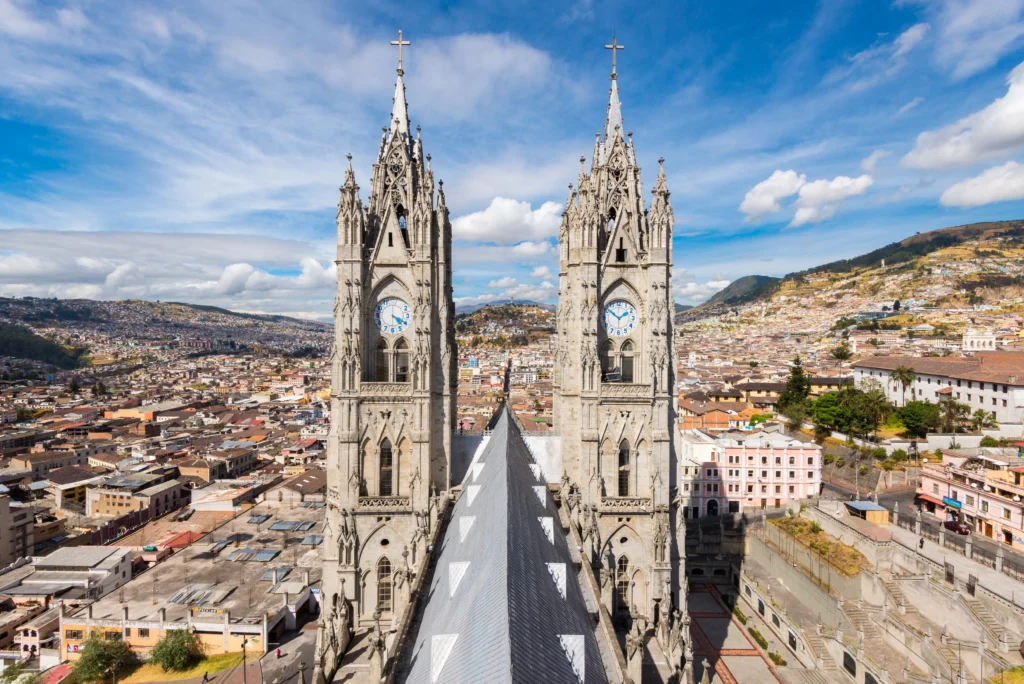
Historic Old Town and Culture
This UNESCO World Heritage site is a hub of history, with beautifully preserved architecture and lively plazas.
Day Trips to the Equator Line
Visit the Mitad del Mundo to stand on both hemispheres simultaneously.
Activities Perfect for Solo Female Travelers

Guided Group Tours
Joining a tour is a great way to explore safely while meeting other travelers.
Local Cooking Classes
Learn to make local dishes, from Peruvian ceviche to Argentine empanadas.
Volunteering Opportunities
Consider contributing to a local cause while immersing yourself in the community.
Hiking and Adventure Sports
Try activities like zip-lining in Colombia or trekking in Patagonia.
Building Connections as a Solo Female Traveler
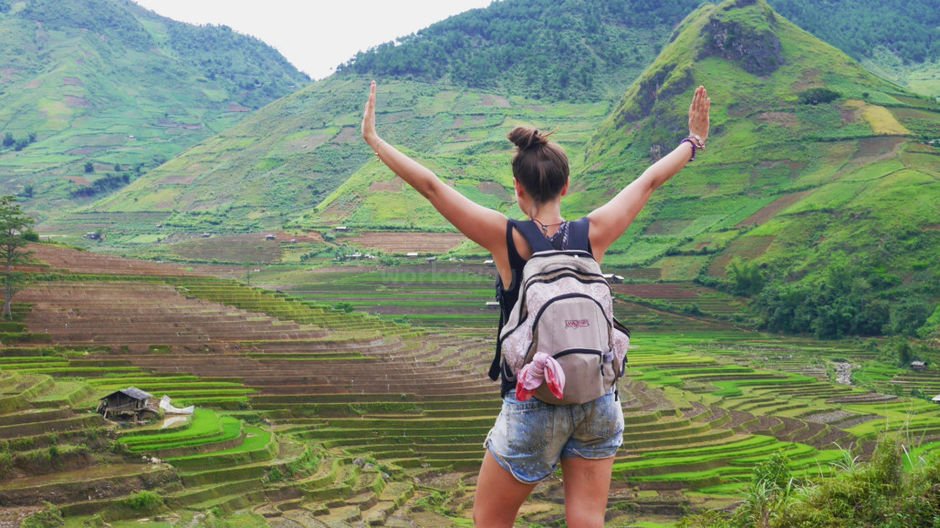
Staying in Hostels or Co-Living Spaces
These accommodations are social hubs where you can meet fellow travelers and share tips.
Joining Local Meetups or Classes
Use platforms like Meetup or Airbnb Experiences to connect with locals and other travelers.
Social Media and Travel Communities
Engage with online groups to seek b advice and plan meetups.
Packing Tips for South America
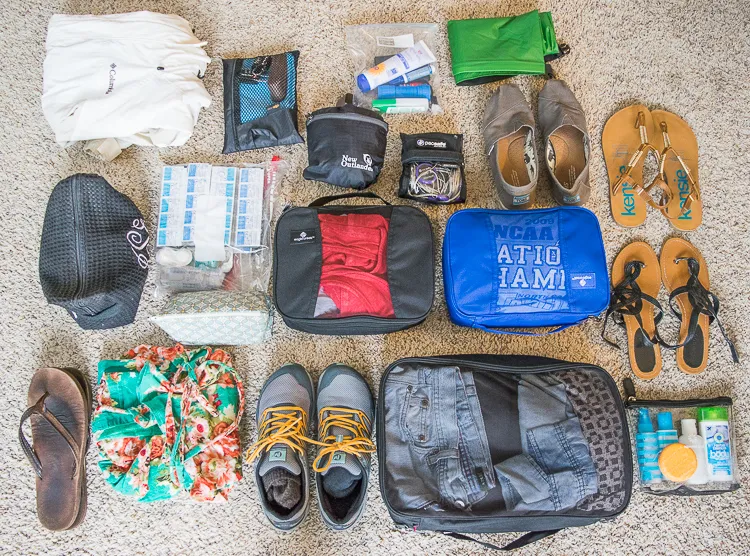
Essentials for All Climates
Pack layers to prepare for varying climates, from tropical rainforests to chilly mountains.
Compact and Versatile Clothing
Choose quick-dry and multi-functional clothing items to save space.
Must-Have Safety Gear
Carry a money belt, whistle, and a personal alarm for added safety.
How to Budget for Your Trip
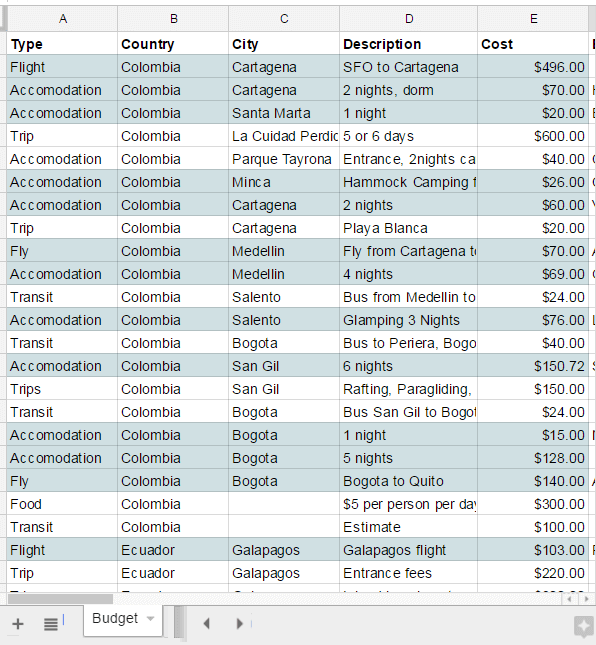
Affordable Accommodation Options
Hostels, guesthouses, and homestays offer budget-friendly lodging.
Finding Cheap Flights
Use flight comparison tools and book during off-peak seasons for the best deals.
Saving on Food and Activities
Eat at local markets and seek free or low-cost activities to keep expenses low.
Also Visit:
Ultimate Guide to Solo Travel Destinations in South America
Top 10 Solo Travel Destinations in South America for Adventurers
Navigating Southeast Asia: Budget Travel Tips for First-Time Travelers
Experience Luxury on a Budget Travel Tips for Southeast Asia
Budget Travel Tips for Southeast Asia: Navigating Public Transport
Conclusion
South America’s warmth, diversity, and affordability make it an excellent choice for solo female travelers. With careful planning and an adventurous spirit, you can create memories that will last a lifetime.

